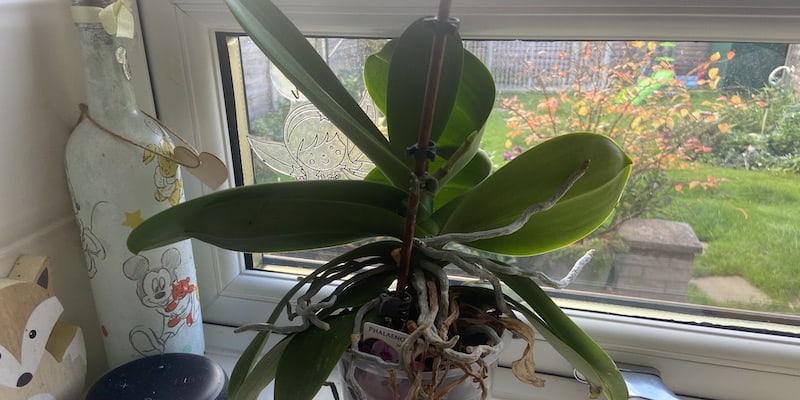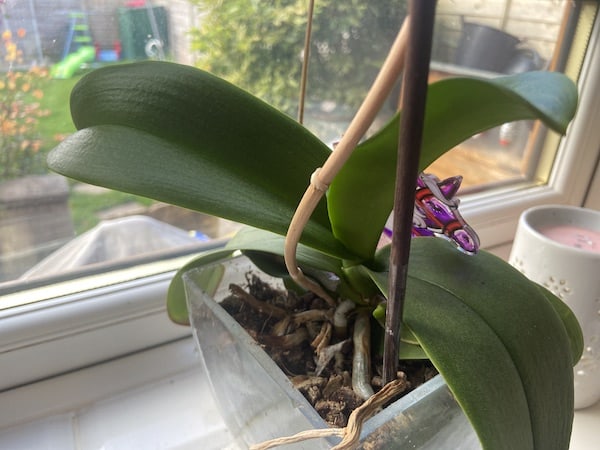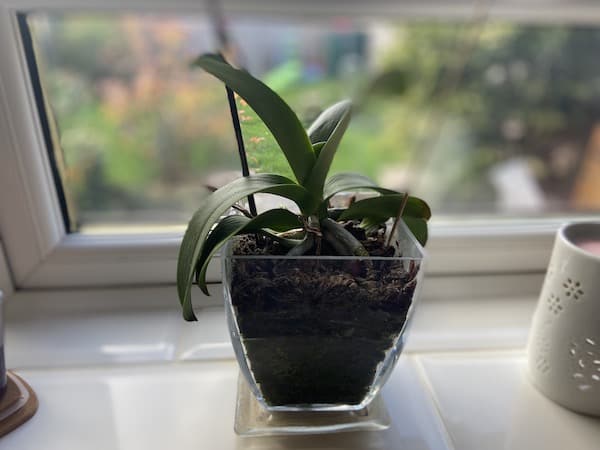
What to do with orchids after blooming?
Our site is reader supported, this means we may earn a small commission from Amazon and other affiliates when you buy through links on our site.
First of all, be sure that your orchid has actually stopped blooming. Some orchids, after blooming, may take a break and then bloom again. Some species have a few flowers at the end of a stem (spike) and then will sequentially bloom again.
Once you’re sure the blooming period is over, you need to cut the flower stem/spike back to encourage reblooming for phalaenopsis orchids. It’s not necessary to throw the plant out as there can be up to 10 to 15 years of life in any orchid plant.
Is the blooming really over?
The phalaenopsis orchid is the most common species of orchid sold as house plants. It blooms in late winter for anywhere between two to four months which is why they are one of my favourite plants. The more care and attention you give to the plant, the longer the flowers last for. These orchids (also known as moth orchids) can rebloom another once or twice in a year, so it’s well worth the extra effort to keep the flowering for longer.
Dendrobium orchids are a little different. They usually begin blooming between February and June. The flowers last 6 weeks to three months, and then the plant enters a growth stage until about September. The plants then have a dormant stage in which they don’t grow at all. Next spring, the cycle starts again.
Encouraging phalaenopsis orchids to rebloom

Once your phalaenopsis orchid has finished blooming, cut each flower stem back to the highest node as you travel down the stem. You find this by tracing your finger down the stem from the top and stopping when you reach a place where new growth is developing. This growth is usually leaves, buds or side shoots. Trim the stem just above this node to encourage the new growth to continue, and new side shoots to appear.
To help the regrowth to happen, you need to move the orchid plant to a place with a cooler temperature. Lowering the heat by 5ºC (day and night), especially in autumn, I have found that it seems to kick the plants into flowering mode again. If you keep the temperatures in your home in winter fairly warm, you may need to move the orchids somewhere cooler. You’re looking for a place that’s about 15℃ at night-time and 18℃ – 23℃ or so during the day. I find a dining room or bathroom is a good location as it’s often a little cooler than the great of my home.
Some orchids need coaxing to rebloom. Adjusting the temperature is the best way to convince them that producing more flowers is a good idea. Make sure that the night temperature is lower than the day temperature.
Phalaenopsis orchids are the easiest to rebloom. But you can also try slipper orchids, Paphiopedilum, and especially those whose leaves are mottled. While each stem of these plants usually has only one flower, it lasts up to four or five months. Dropping the temperature is key here to reblooming.

The best growing environment and care
Of course, the chances of your orchid reblooming depend on its growing environment and the care you tend to it with. Light, humidity and especially temperature are essential to the plant’s continued lavish blooms. See my article How to grow and care for orchids for more information on this.
Eating the orchid bloom
Yes, orchid blooms are edible. You can use them in stir frys and stews and use them as edible decorations on cakes and in tropical drinks. Head over to Are orchids edible? for more ideas on making use of your orchid flowers after they’ve bloomed.
Learn more about growing orchids in this guide.